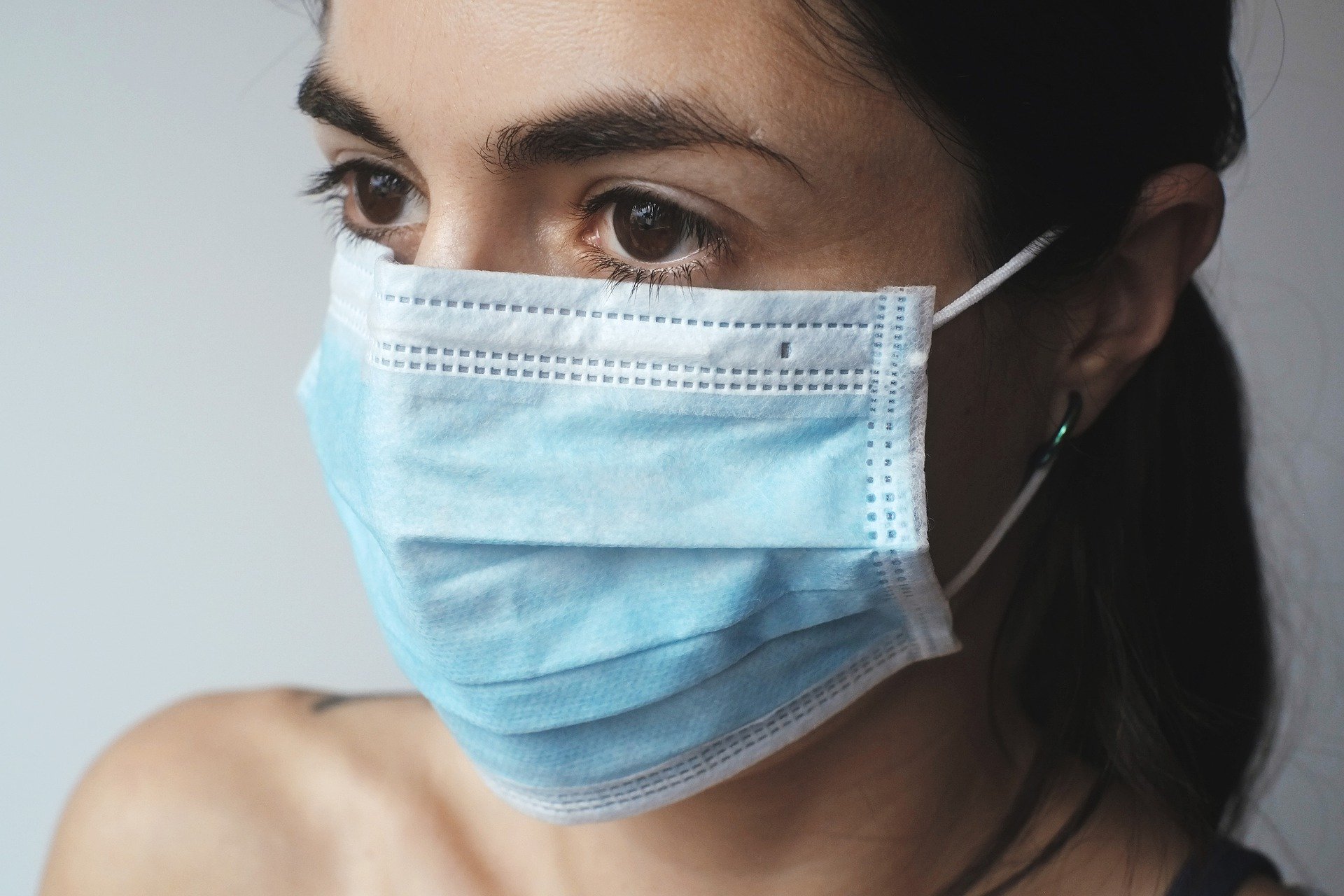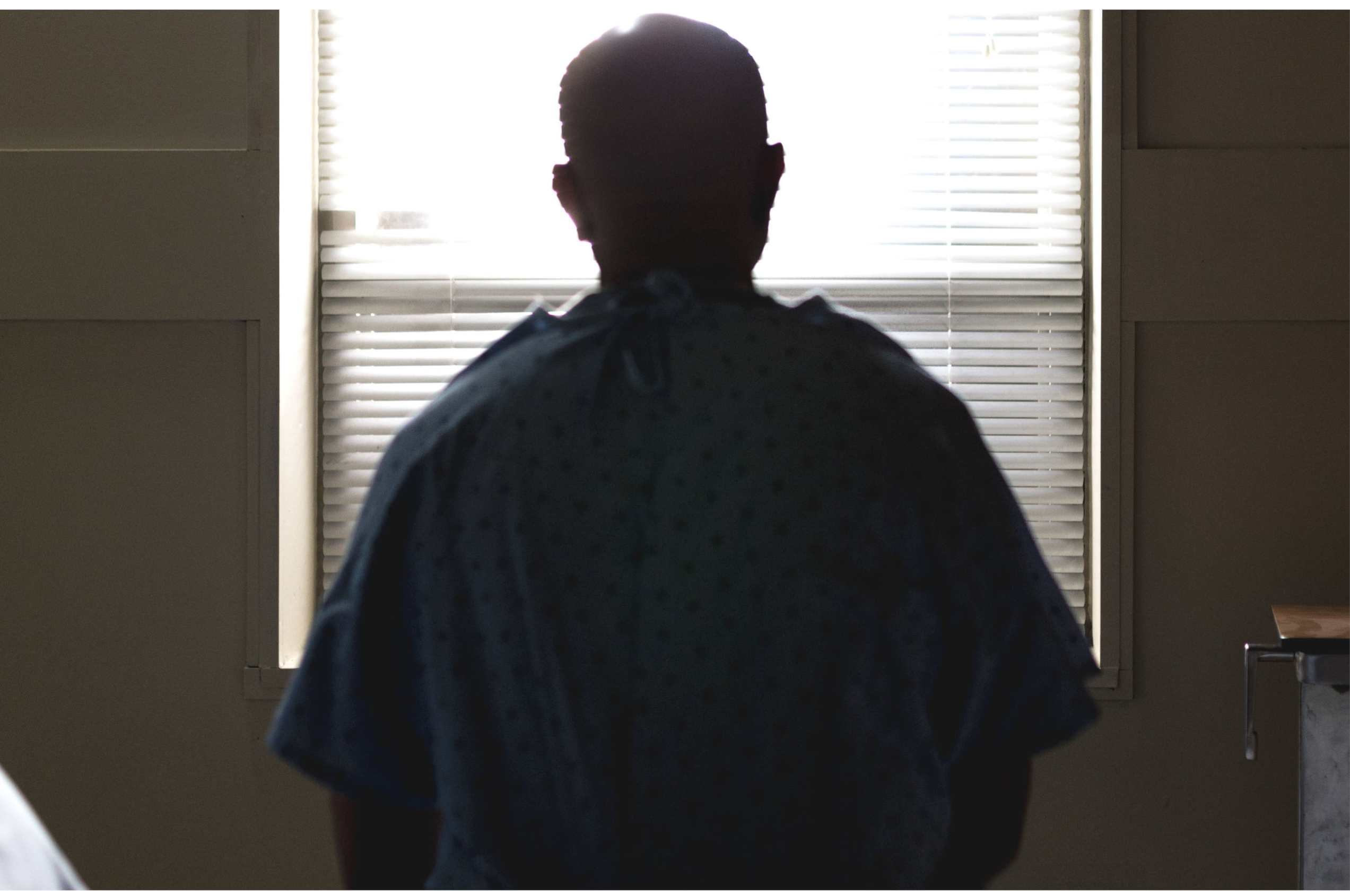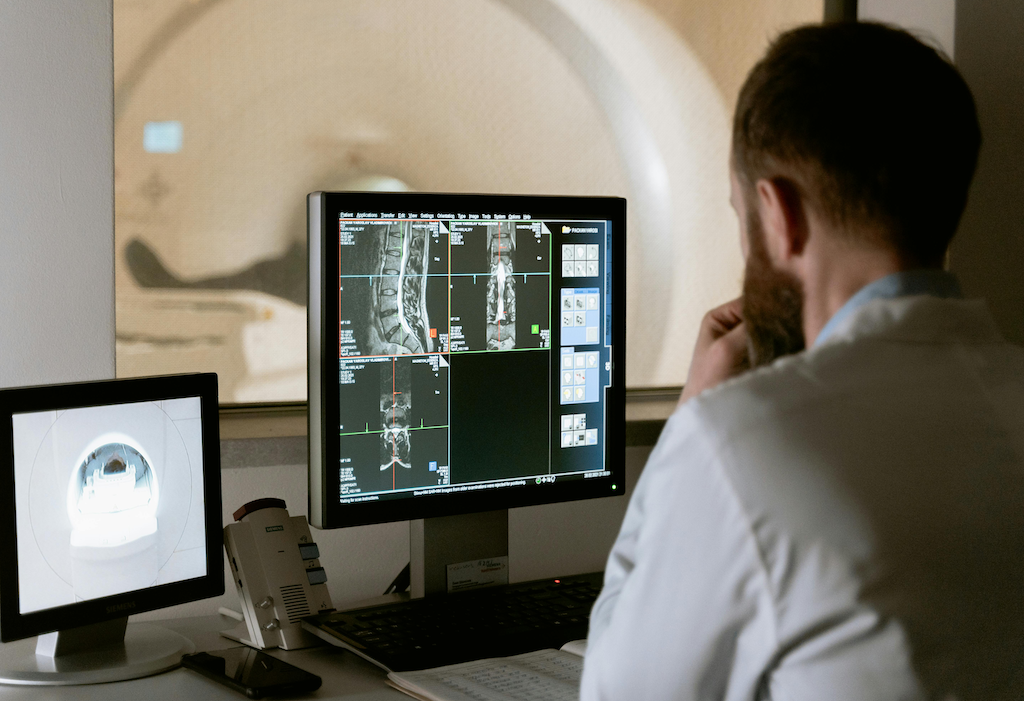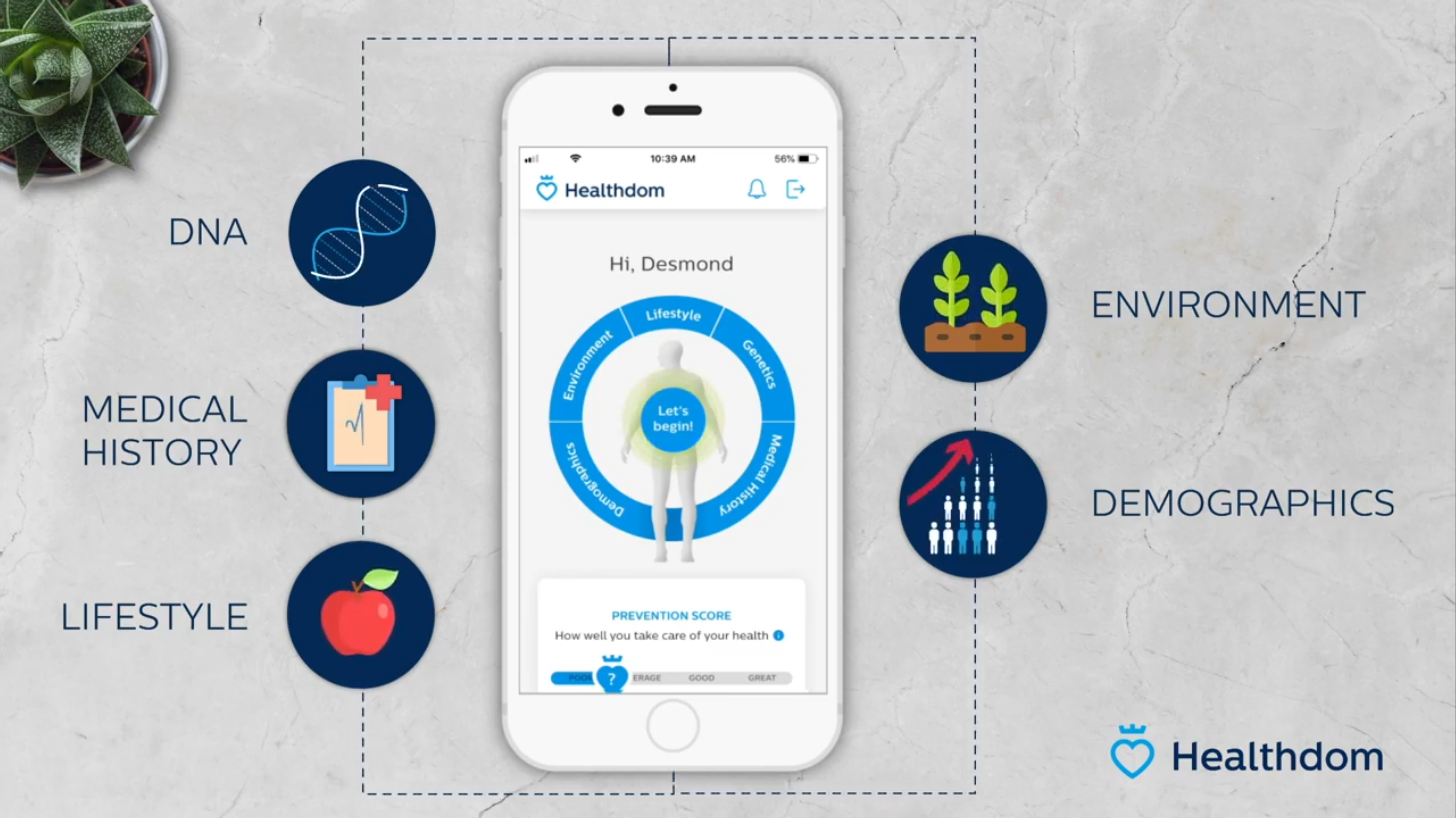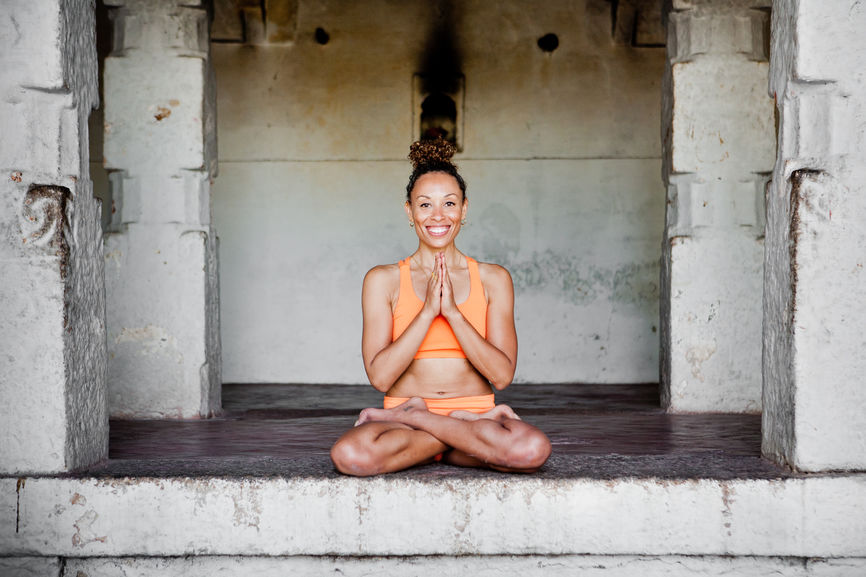
That’s a terrifying statistic. And it’s worse when you consider the fact that the vast majority of skin cancers are avoidable with the right preventive care. But that prevention requires you to take charge of your health.
Of course, nobody can guarantee that you won’t ever get skin cancer, but you can reduce your risk by engaging in preventive care. Self-care is crucial when it comes to preventing all kinds of diseases, including cancers. Proactive health management helps to ensure you don’t succumb to chronic illnesses unnecessarily. Skin cancer is becoming increasingly prevalent, but it is, potentially, avoidable with the right precautions. Did you know that in America, according to the American Cancer Society, more people get a diagnosis of skin cancer per year than every other cancer combined?
Ultraviolet (UV) radiation is a recognized carcinogen [2], and it’s damaging in all forms and in all seasons, not just in strong sunlight. UV radiation is dangerous all year round, directly from the sun’s rays, or in tanning beds. And, of course, it’s even more intense and damaging if it’s reflecting off surfaces like snow or water.
According to the CDC, UV radiation poses the most risk in the Continental United States between 10 a.m. and 4 p.m. daylight saving time. [3]
Now you know when you’re most at risk, let’s find out who is the most at risk of developing skin cancer:
- Everyone. Literally, every person is at risk of skin cancers, but some more than others
- People with light or pale complexion
- People with freckles
- People with blue or green eyes
- People with blond or red hair
- People with large numbers of moles
- People with a family or personal history of skin cancer
CALLOUT: A tan is not healthy. In fact, if you’ve got a tan, it’s because your skin is injured. Your skin has suffered damage from UV rays, so it produces more pigment in an attempt to mitigate that damage. Every time you get a tan, you significantly increase your skin cancer risk.
What Can You Do to Prevent Skin Cancer?
There are quite a few precautions you can take to limit your risk
1. Stay in the Shade
Be sensible and stay in the shade, particularly during the danger hours in scorching temperatures. A good rule of thumb is that if your shadow is shorter than you are, you need to limit your sun exposure and seek shade.
2. Cover Up
Lots of like to wear shorts and tanks when summer arrives, but as part of your skin cancer prevention plan, you should stick to lightweight fabrics that keep you cool but covered. And don’t forget to add a wide-brimmed hat and sunglasses to protect your face and eyes.
3. Use the Right Sunscreen
Don’t go with any old sunscreen. In your fight to fully protect yourself from skin cancers, you want to use broad-spectrum sunscreen. This protects you from both UVA and UVB rays. Make sure it’s at least SPF 30 and, if you’re going to be swimming, make sure it’s a water-resistant one. Be generous when you apply it – an average adult needs about an ounce to coat their whole body. Don’t neglect your ears, neck, and the tops of your feet.
Reapply sunscreen every two hours or after swimming or sweating profusely.
4. Don’t Use UV Tanning Procedures
Don’t do sunbeds, tanning lamps, and other UV tanning procedures. Remember, all types of UV rays, whether they come from the actual sun or from artificial sources, are damaging to your skin. If you really can’t bear the thought of going without that „sun-kissed” look, use self-tanning products instead.
5. Give Yourself Monthly Skin Examinations
You know your body better than anybody else, and performing monthly skin examinations gives you the best chance of spotting any troubling, precancerous, or cancerous changes to your skin early, when it’s at its most treatable. Look for any new or suspicious spots, lesions, lumps, or marks on your skin and if you notice anything concerning, see a board-certified dermatologist as soon as possible.
6. Schedule a Professional Skin Examination Yearly
At least once a year, go to see a board-certified dermatologist for a full, professional skin examination. They can take a thorough look for any areas of concern and perform any necessary biopsies or procedures. Again, this is about catching anything that may be dangerous as early as possible for the best possible outcomes.
Healthdom’s healthcare app can help you manage your preventative healthcare regime, including helping you find a local dermatologist who accepts your insurance provider and can also send you reminders and schedule appointments for you.
Don’t take your skin health lightly. There are many types of skin cancer, and most are avoidable or at least reasonably easily treatable if caught early. So be vigilant, take sensible precautions, and aim to keep yourself and your skin in top condition.
Rogers HW, Weinstock MA, Feldman SR, Coldiron BM. Incidence estimate of nonmelanoma skin cancer (keratinocyte carcinomas) in the US population, 2012. JAMA Dermatol 2015; 151(10):1081-1086.
-
- Ultraviolet-radiation-related exposures. Broad-spectrum UVR, pp. 1-5. NTP (National Toxicology Program). 2014. Report on Carcinogens, Thirteenth Edition. Research Triangle Park, NC: U.S. Department of Health and Human Services, Public Health Service. https://ntp.niehs.nih.gov/ntp/roc/content/profiles/ultravioletradiationrelatedexposures.pdf
